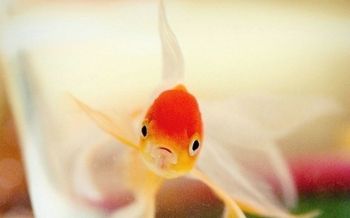原味人文風情:
Henry Molaison lived in relative obscurity, but he possessed one of the world's most famous brains and helped shape our understanding of memory.
幾乎沒有人記得 Henry Molaison,但他擁有全世界最知名的腦袋,還幫助我們塑造對記憶的認知。
In 1953, aged 27, the American underwent brain surgery intended to cure his epilepsy. While the removal of parts of his hippocampus, amygdaloid complex, and entorhinal cortex reduced his seizures, Molaison lost the ability to form any new memories.
1953 年,當時 27 歲,這位美國人為了治療癲癇接受腦部手術。移除腦中部份的海馬回、杏仁核和內嗅皮質雖然減緩了他的癥狀,Molaison 卻喪失建立新記憶的能力。
He lived in the present for the rest of his life, unable to store information for any longer than 30 seconds. But Molaison's life-changing event was a huge opportunity for scientists.
他的余生都活在當下,沒辦法儲存信息超過三十秒。但 Molaison 這項改變人生的事件對科學家來說卻是個重大契機。
Henry could speak, recall long-term memories from before his surgery, carry out tasks like tying shoelaces, and learn some new tasks, such as moving with a walking frame. But he was not able to create any new long-term memories, like learning new words, or recall times and dates.
Henry 能說話、想起手術之前的長期記憶、能做象是綁鞋帶的事情,也能學習新事物,象是利用助行器行動。但他沒辦法建立任何新的長期記憶,象是學習新單字,或記起時間和日期。

Prior to Molaison, there was uncertainty about which part of the brain is used to create memories. By agreeing to be studied over several decades until his death in 2008, Molaison's case transformed the way we understand memory and helped explain how different areas of the brain are linked to specific memory function.
在 Molaison 之前,對于腦部哪個區塊是用來建立記憶并沒有確切的說法。Molaison 同意被研究長達數十年,直到他在 2008 年逝世,他的案例改變了我們對記憶的認知,并解釋了腦中不同區塊如何與特定記憶功能產生連結。
Molaison donated his brain to research. It is still analyzed by scientists interested in memory and conditions such as Alzheimer's.
Molaison 捐贈自己的大腦以供研究。對記憶或是阿茲海默癥等疾病有興趣的科學家至今還是會分析他的腦部。












